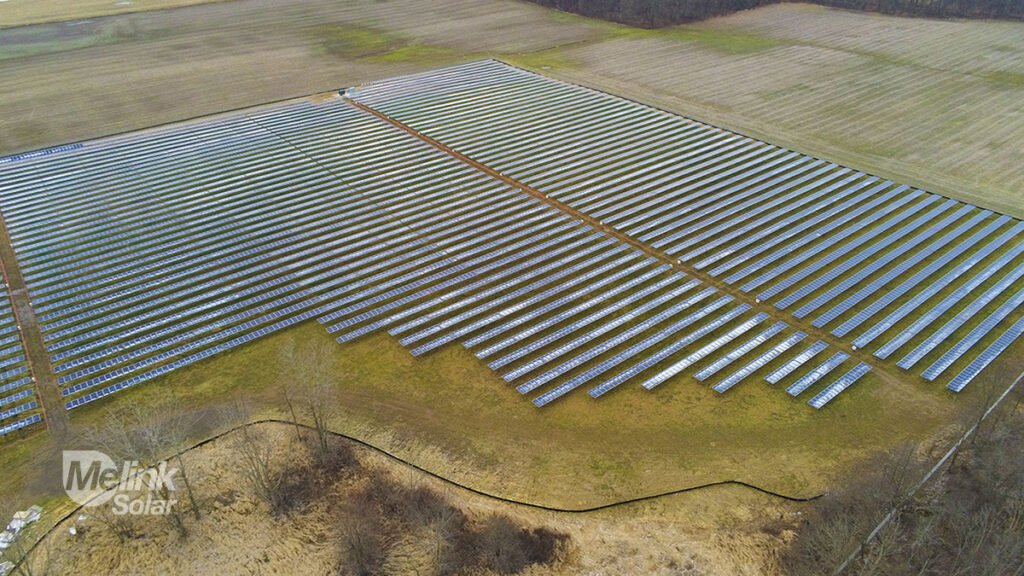Lower your Operating Expenses
Text here that discusses this
This is link to Google.com
some sort of call out about Ramiro getting arrested for looking good in public when everyone else was looking ugly that day.
LCOE – Levelized Cost of Energy
This is a paragraph of text stolen from the first page on the associated press website. ASHBOURNE, England (AP) — This ancient form of soccer has a rule forbidding players from murdering each other.
Every year, thousands of people descend on a small town in the English countryside to watch a two-day game of mass street football that, to the casual observer, could easily be mistaken for a riot.

This is Royal Shrovetide — a centuries-old ball game played in Ashbourne, Derbyshire, that, frankly, looks nothing like the world’s most popular sport.
Or any other game for that matter.
“It’s like tug of war without the rope,” says Natalie Wakefield, 43, who lives locally and has marshaled the event in the past. “It’s mad in the best possible way.”
Polycrystalline cells – Like Monocrystalline cells, Polycrystalline cells are also made from silicon. The primary difference is that Polycrystalline cells are made by melting together many fragments of silicon rather than from a single silicon crystal. While polycrystalline solar panels are typically less efficient than their monocrystalline counterparts, they often have a lower price point. Efficiency ratings typically range from 15% to 17%.
Thin Film cells – Thin film cells have historically had the lowest efficiency rating and require more space to produce the desired amount of energy. Thin film solar panels are made by depositing a thin layer of a PV substance onto a solid surface, like glass. During the manufacturing process, the PV substance forms a thin, lightweight sheet that can be flexible. They are the least expensive. Historically these cells were less efficient than crystalline based cells, but recent advancements in the technology have increased efficiencies near 19% with a low degradation factor of .3%/year
There are two types of crystalline based panels: Monofacial and Bifacial. Both are commonly used for commercial projects.
Monofacial Panels – Historically all crystalline panels were monofacial, meaning they produce power on just their front side. The back side of the panel was comprised of a white polymer backsheet.
Bifacial Panels – These panels are a relatively recent innovation in the industry. The white polymer backsheet is replaced with another layer of glass, or a transparent back sheet. Additionally, the cells are manufactured in a way that allows them to produce power on both sides of the cell. Therefore, the panels are able to produce power on both sides, although the backside production is relatively small since it is only capturing indirect sunlight. In addition to producing more power, bifacial panels typically have longer warranties and lower degradation over time.
Power Rating of Panels – Typical solar modules for commercial installations harness about 400-450 Watts of energy in the form of Direct Current (DC). These modules have 144 half cut cells. The industry is transitioning to even larger modules, up to 550 Watts for ground mounts. For residential projects, 300-400W modules are more common, containing 60 cells. Historically the output of solar panels gradually increased every year with technological advancements. More recently the output has increased because manufactures have transitioned to making larger cells, which are slightly more economical to make. In other words, technological advancements have slowed as the industry has reached maturity, and the latest improvement being made is an optimization in the size of the products.



